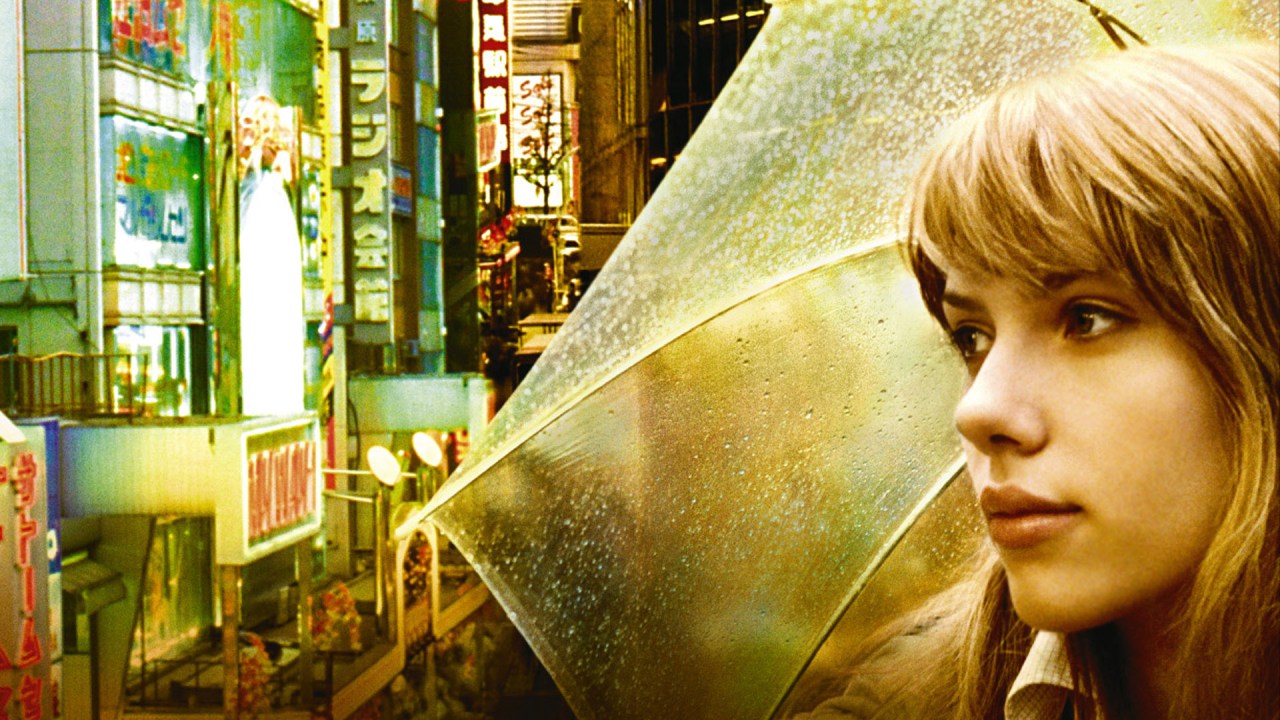Someone Should Invent A Language For The Words That Get Lost In Translation
Language creates far-reaching Venn diagrams where a sliver of common ground exists, but leaves vast territories completely disparate. It does not just hurt our heritage but our emotions, our reactions, and ourselves.
I recently found myself discussing the Spanish concept of “sobremesa” with my friend Gal. She explained that it is the time spent after eating dinner when you stay at the table and just chat for another hour or two after finishing your meal. Why doesn’t a word like that exist in English?
This is also the case with the word “l’esprit d’escalier”. It’s a word I’ve caught myself using in the past to explain “that feeling you get right after you finish an argument with someone and think of the perfect retort.” Literally, it translates to “staircase wit” but clearly this word has no English equivalent. Questions like these lead to me contemplate what cultural context deemed it necessary for these words to be created in certain languages but not in others. Although the situations these terms are applicable to are not culture specific, cultural influence created enough demand for these words to develop into their own, unique terms. My feeble attempt at explaining these words in English reveals merely a taste of what they express. How can you convey the subtle nuances understood in one language that are wholly absent in another? Words, like the people that speak them, are fluid. Their definitions accommodate the contexts and cultures they are spoken within. So, what is lost in translation?
How do bilingual people accommodate for these kinds of inconstancies? For Gal, influenced culturally by her Mexican and Argentinian roots and her American upbringing, she is able to blend both Spanish and English to create a fuller, more complete vocabulary. Where one leaves a void, she can fill the gap with the other.
As people, it is clear that we desire to extend the narrowly defined reaches where our words leave us. When we stretch beyond the cultural and semantic restrictions of the words we do know, we find places occupied by other languages. Yet, no matter how rich of a vocabulary one may have, one may never tap into the perfect combination of culture and situation that creates the meaning of a word. These limits are feeble — not because they stunt our ability to express ourselves but leave us wholly unaware of the worldviews of others that may exist right beside our own. Language creates far-reaching Venn diagrams where a sliver of common ground exists, but leaves vast territories completely disparate. It does not just hurt our heritage but our emotions, our reactions, and ourselves.
For me, it is a little different. Having grown up in New York City, I was raised to liberally sprinkle English with Yiddish words and phrases. These Yiddish words allow my flat English words to flourish with a flair that would be impossible to convey otherwise. With each subsequent generation, Yiddish has, for many Jewish New Yorkers like me, become less of a language and more of a relic of our ancestral past. Surely I could accommodate for the simple intention of my Yiddish words with the most direct, literal translation possible in English, but what gets lost in translation?
I was raised in a quirky subculture where the use of Yiddish is common among Jews and gentiles alike. Through all the schvitzing and kvetshing my family has done growing roots in New York, these words represent an important vestige of my history. For me, Yiddish doesn’t serve as a form of communication, since I don’t know its basic grammar or syntax and my vocabulary is rather limited. Yiddish instead helps me fill the voids that my English words precariously leave. However, I cannot step into the shoes of my ancestors who spoke Yiddish daily because I am far from bilingual. Instead, each word helps me delve into what I hope will be a lifelong search for a fuller, more complete worldview. It allows me to look through a fragile lens into my past using the foundation that my ancestors have contributed to make my present. It is a living, breathing connection to my ancestry. Instead of keeping pictures of my grandparents and great-grandparents on dusty shelves, I am breathing new life into the lives they led and keeping their culture alive by invigorating it with my own. ![]()


